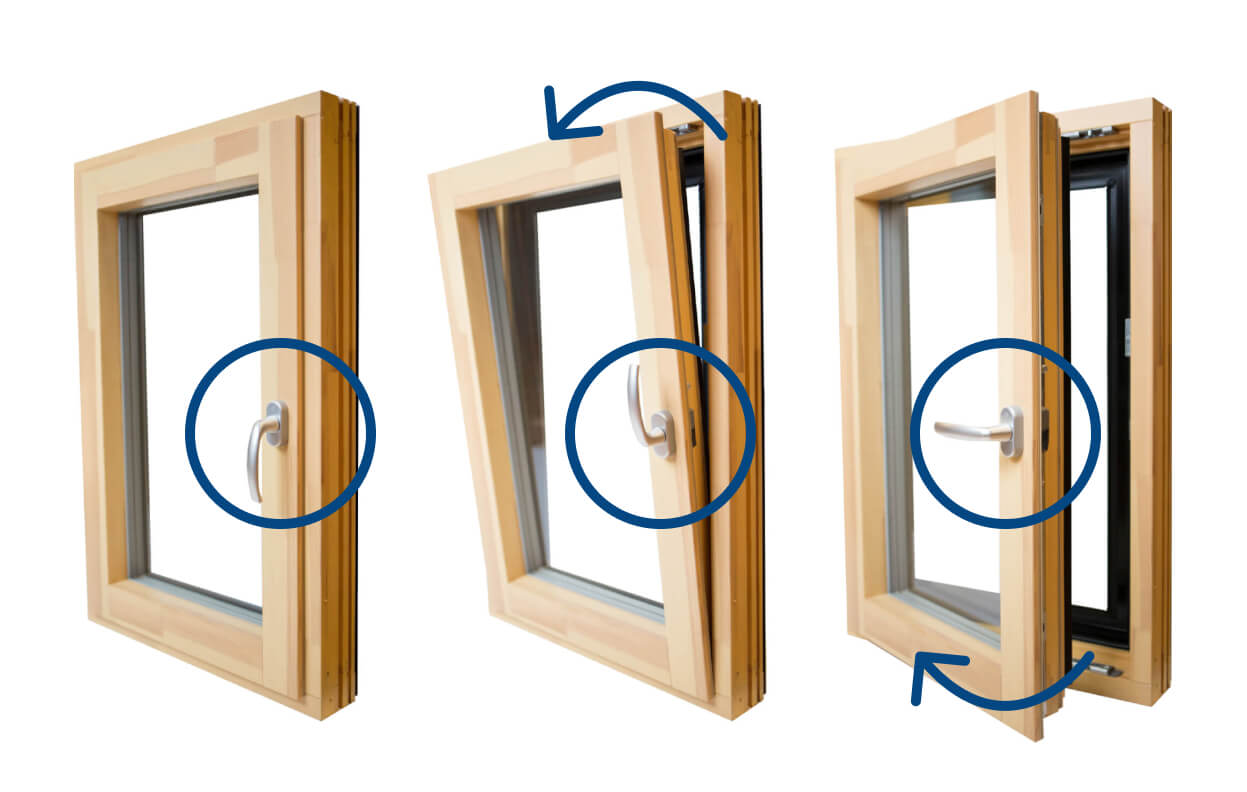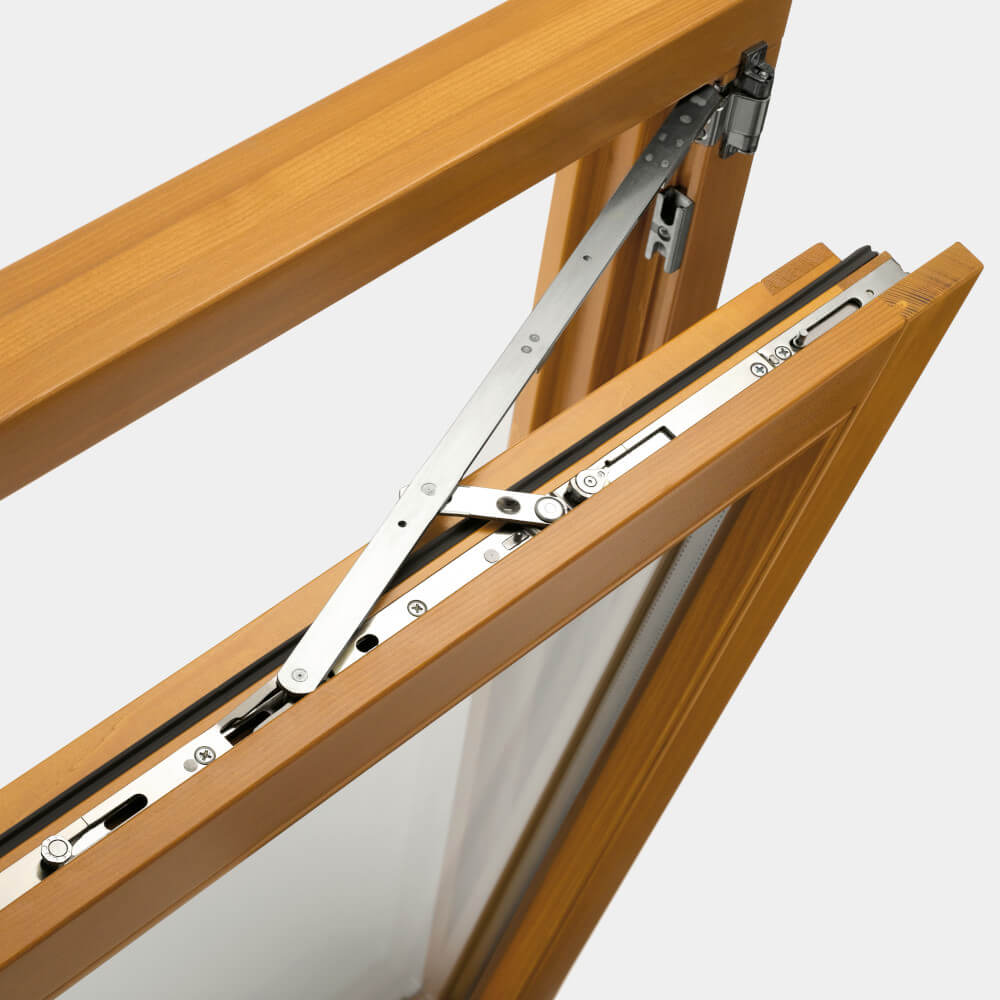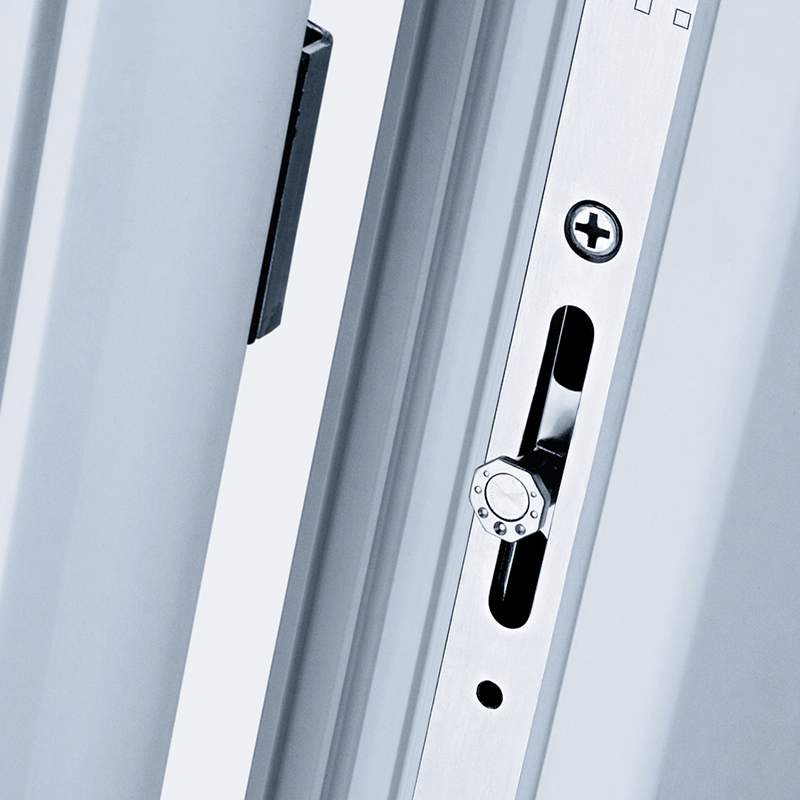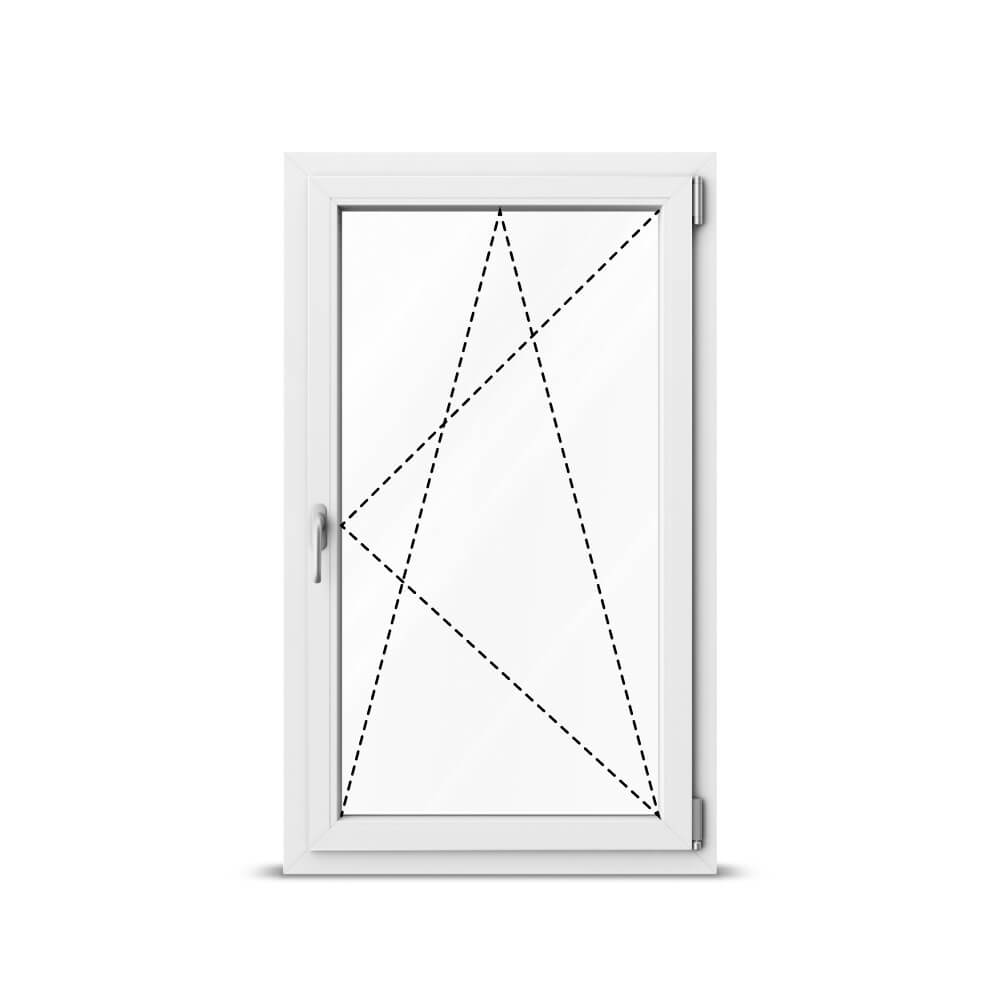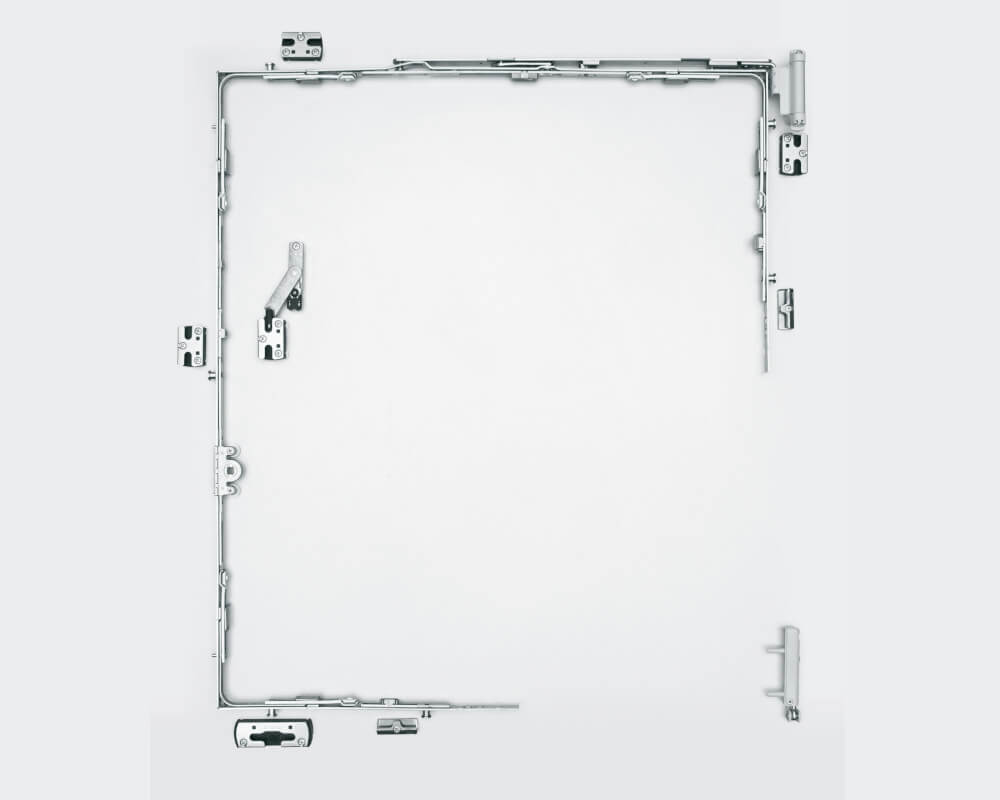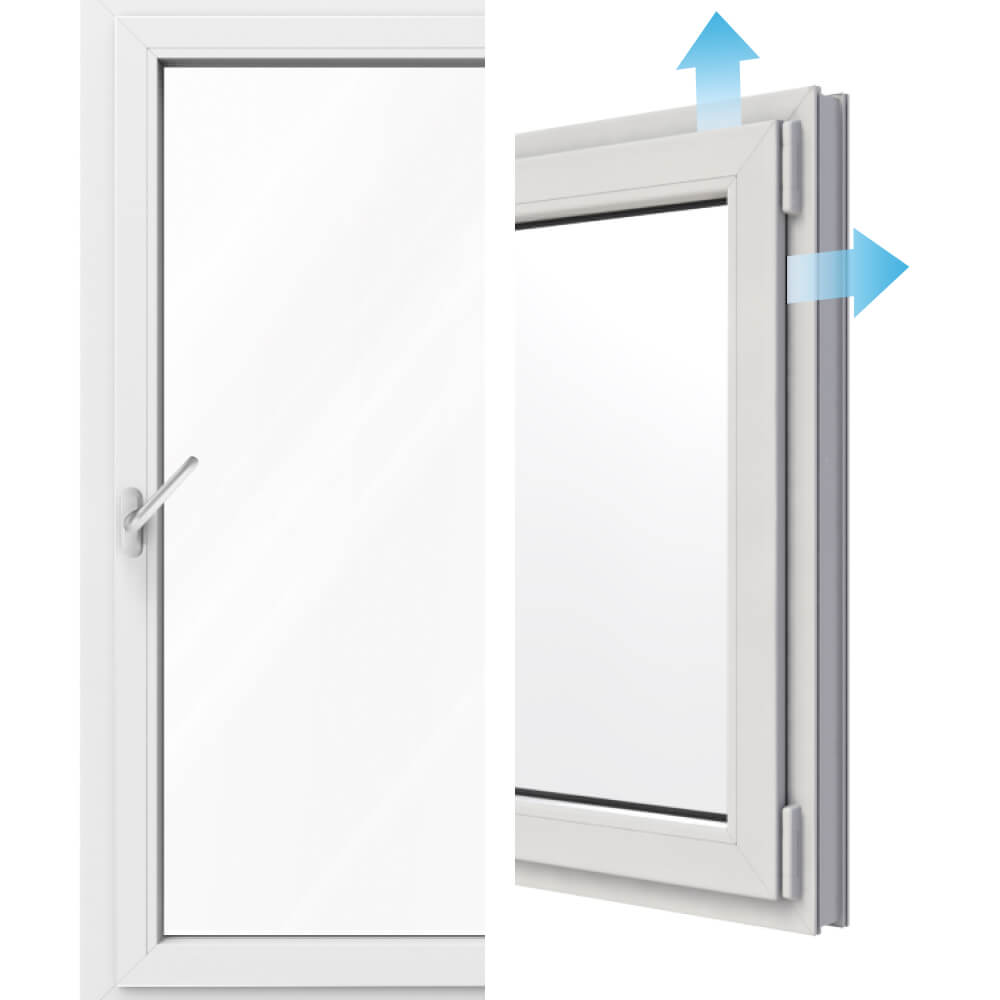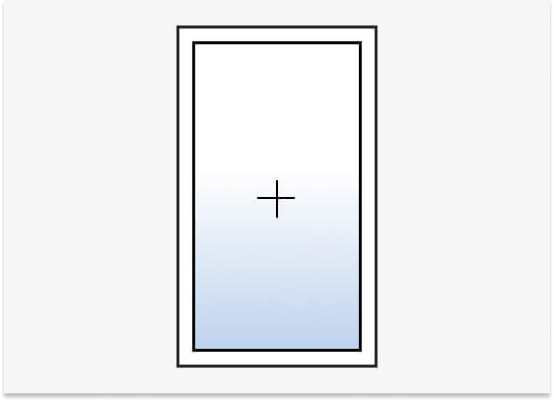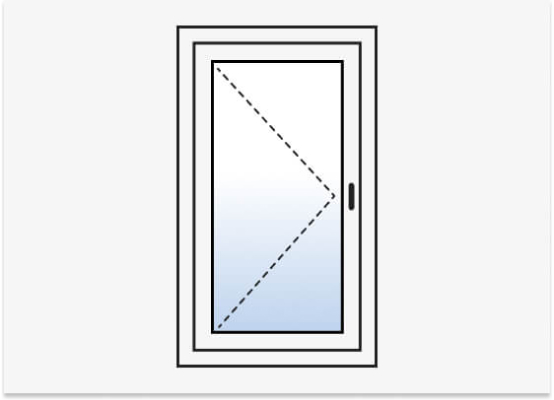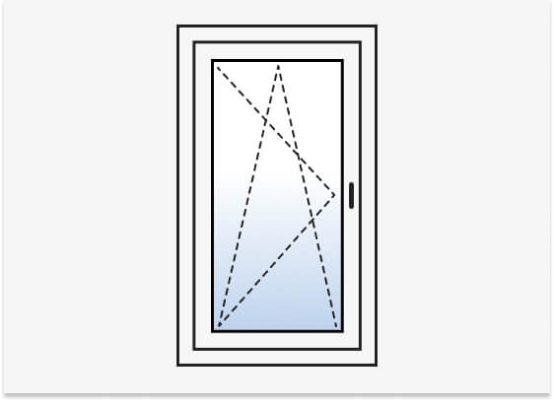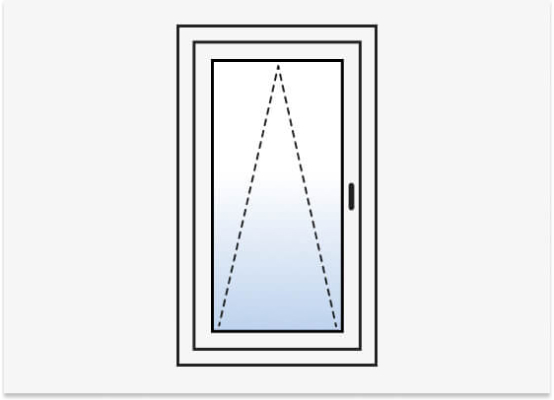Tilt and Turn Windows
The Next Generation of Windows
Tilt and turn windows are known for their simplicity and practicality. They can either swing open like a door or tilt inwards for ventilation with a simple turn of our ergonomic handles. Standard in much of Europe and growing in popularity overseas, tilt and turn functionality allows easy ventilation and continued fresh air without having to leave the entire window wide open. Neuffer's tilt & turn windows use only the finest German fittings available to ensure effortless operation and long term durability. Whether as a replacement for existing casement windows or new construction, tilt and turn windows are the best choice for every modern home.
Why Choose Tilt and Turn Windows?
Tilt-and-turn systems are very popular, because they can be installed anywhere and are superior to single hung, double hung and simple casement windows in all regards. Advantages include:
- Dual functionality gives you more opening options
- Easy ventilation for more fresh air
- Leave window open safely without risk of children falling or leaning out
- Simple cleaning from inside your home
- Energy efficient with modern double and triple glazing
- Secure with lockable handles and multiple locking points
- Great as a fire escape
- Inswing casement ideal with window screens
Old-fashioned single and double hung windows (also called sash windows) have long been popular in the United Kingdom, North America and other areas with historically British influence. With one or two sashes that move upwards and downwards, they suffer from a variety of problems. In addition to being difficult to clean, their opening mechanism is rough and hardly ergonomic. The tracks on each side often wear out making them even more difficult to open, frequently moving unevenly and weather only makes it worse over time.
Casement windows improve things a bit, being mounted on hinges on each side and swinging open and shut like a door. This allows for quick cleaning, escape in an emergency and larger uninterrupted views. However, they still lack the ability to crack the window and maintain a breeze as with sash windows.


